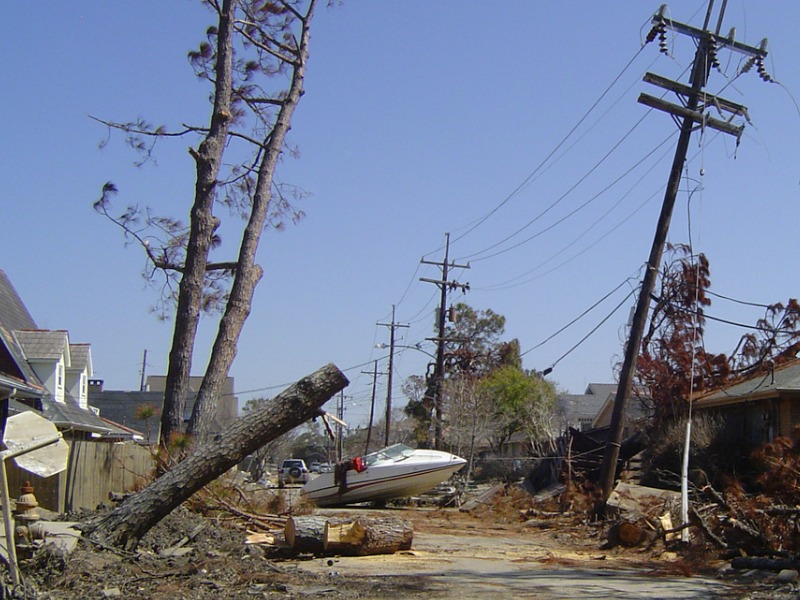How to tame increasingly ferocious NatCats

Escalating natural catastrophe losses are top of mind for specialty insurers in several different commercial lines, most notably property, said Jeff Coulson, director of claims for commercial specialty at Echelon Insurance.
There were 15 declared Cats (events causing insured claims losses of more than $30 million) in 2022, Coulson pointed out to Canadian Underwriter. “This year, to the end of August [2023], we’ve had 20 declared Cats, and we’ve got the rest of the year to go….
“It’s once a week we’re hearing about these severe weather events. That’s significant.”
The sheer volume and scale of NatCat disasters in Canada, which cost the industry $3.1 billion in 2022, are starting to stretch claims resources.
“You continually have these surges of demand for adjusters, and it’s against the backdrop of what we’re seeing with an aging [cohort of retiring] claims professionals,” Coulson said. “We know we’re going to have the surges and the increasing frequency of [NatCats], and we need to deliver the service at the moment of truth and the insuring promise.”
On top of capacity issues, insurers have seen the severity of their claims costs rise since the pandemic because of inflation. So, it’s imperative for brokers and insurers to make sure clients are insured to value.
“It’s difficult for brokers and underwriters to insure to value because of the impact of these [rising] costs of rebuilding better and to newer building codes,” said Coulson. “We’ve seen some stabilizing in inflation, but the market demand for materials — and the vast amounts of materials required to do these repairs — means insurers are going to be paying more for that.”
These dynamics create two different outcomes for the P&C insurance market, he said.
First, a hard market in commercial specialty is likely going to linger, particularly in property lines.
“The personal lines and the property components of commercial specialty lines are most exposed to these vulnerabilities when we have these NatCats,” he added. “The cost outcomes obviously drive rates, so hard markets get harder.”
Second, the industry is seeing longer repair cycle times after NatCat events.
“The reality is, we are seeing longer cycle times because of the demand for adjusters,” Coulson said. “If we’re requiring field adjustments, and we’ve got more claims than there is capacity, it takes longer to deal with specific claims. So, we’ve got open claims for longer times with an overlay of newly reported claims coming in. Overall, I think [repair cycle times] are [longer] than what we want to see as an ideal rate.”
How to resolve all this? Changing these outcomes will require a whole-of-society approach to tackling the increasing number of NatCats. “It’s bigger than one client,” he said.
Coulson said it’s key for brokers and insurers, including the expertise of an insurers’ loss prevention team, to educate the public — government representatives and clients alike — on how to mitigate NatCat risk. The research is there, he says, citing papers on NatCats published by the Institute for Catastrophic Loss Reduction, the National Research Council Canada, various non-profit standards, and environmental associations and governments.
“[The industry] needs to work not just at a client level, but at that higher level of community engagement. We need to work with governments and local communities to address these risks.”
This story is excerpted from one that appeared in the October print edition of Canadian Underwriter. Feature image by iStock.com/gkgraphics







